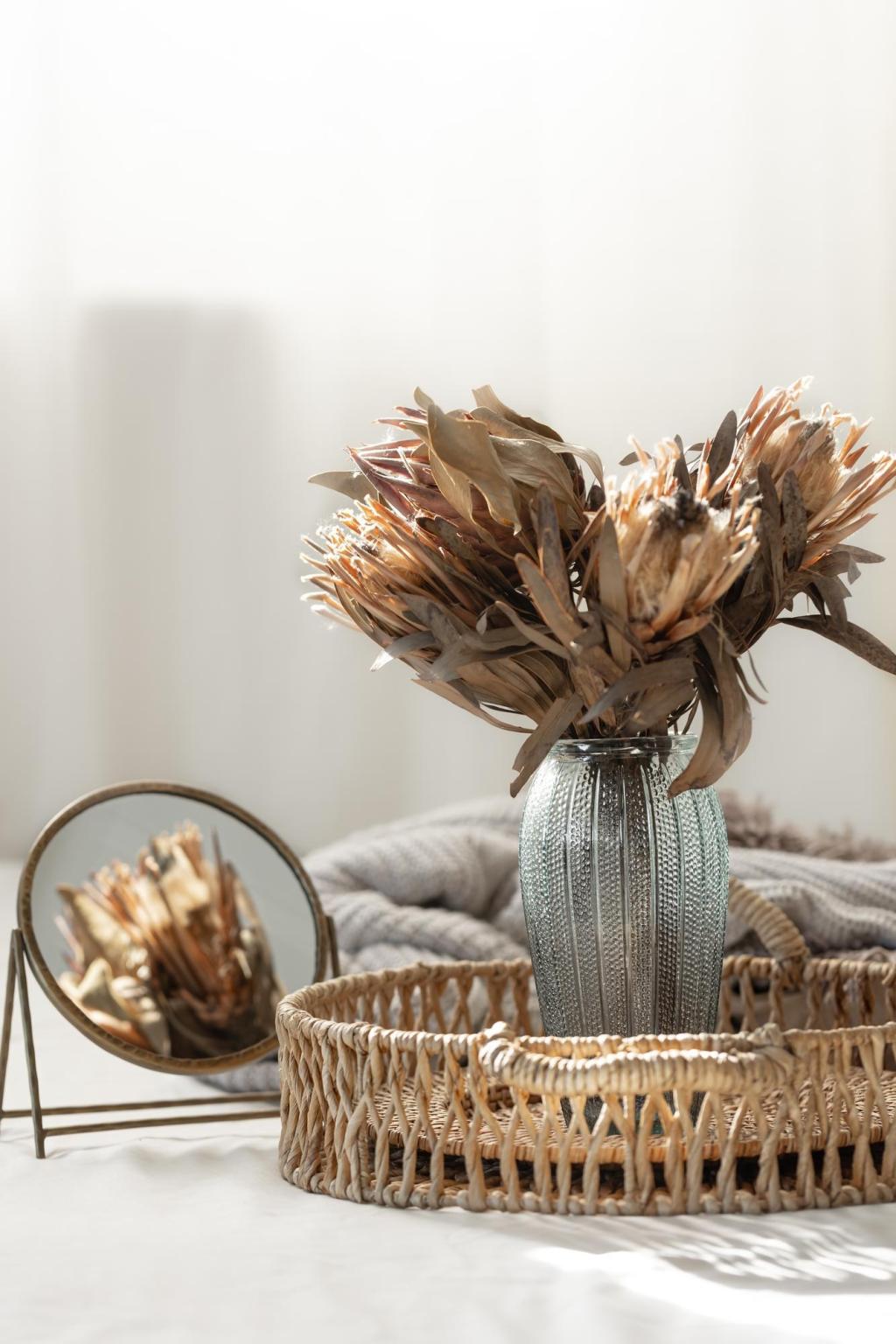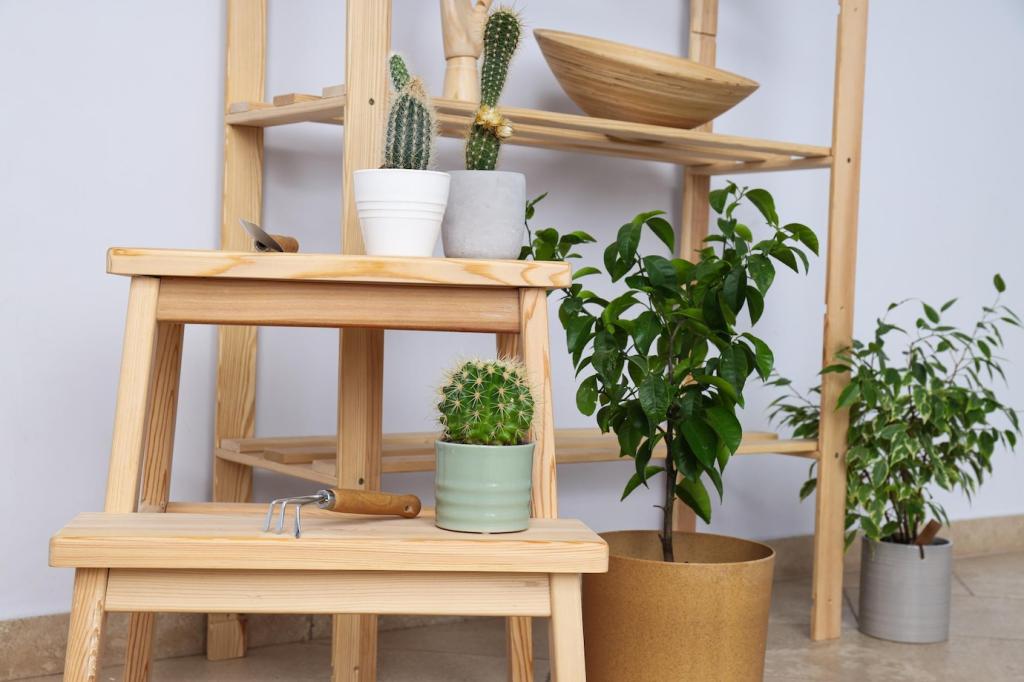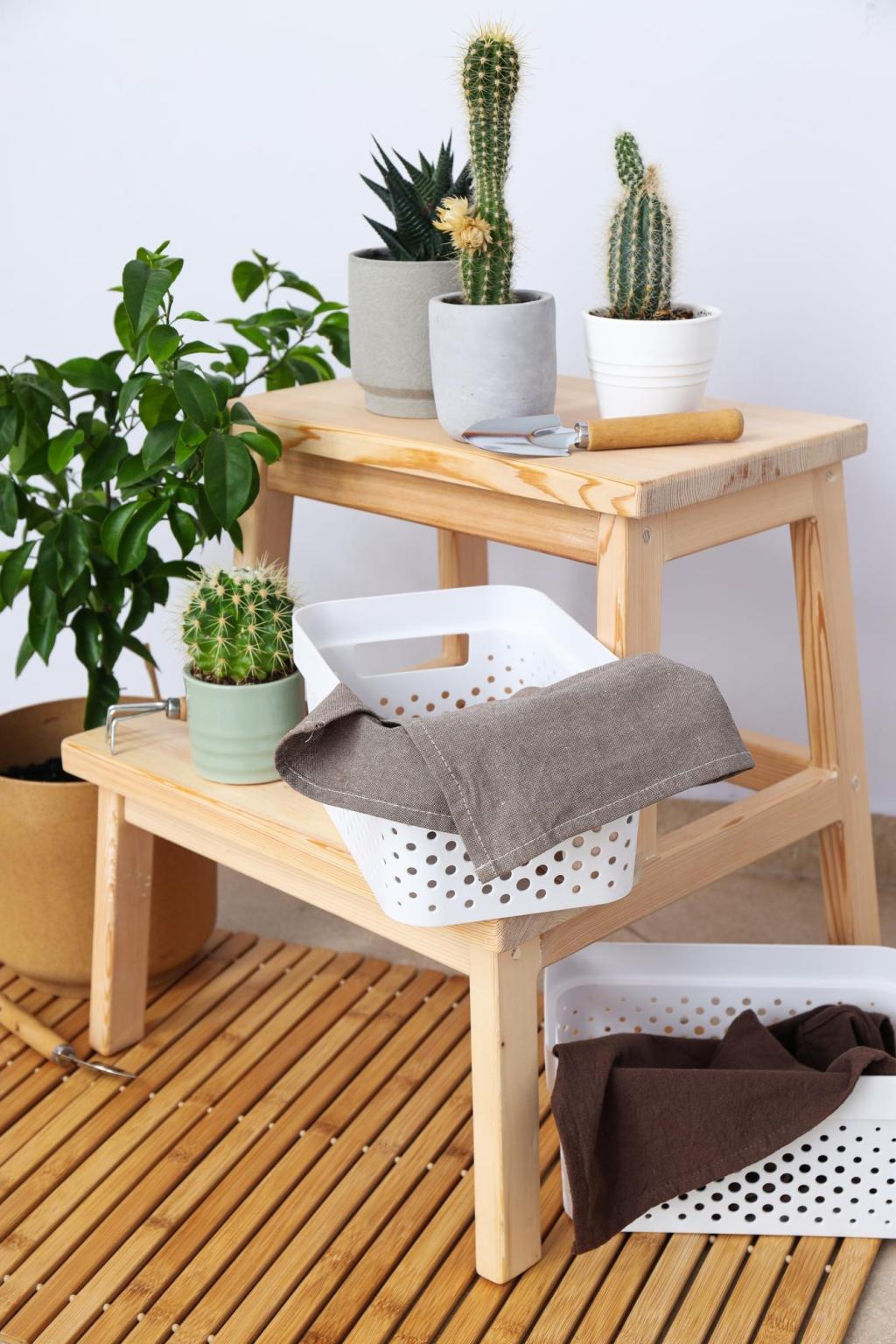Stories From the Studio
We once challenged ourselves to build a wrap top from exactly one meter of linen. The selvedge became a decorative edge, the ties emerged from reoriented corners, and nothing hit the bin. Post your one-meter attempts, and we’ll trade pattern notes in reply.
Stories From the Studio
Historic garments that honor straight-line cutting offer incredible lessons. We observed how rectangular construction partners with graceful drape rather than fighting it. Inspired, we drafted a coat that folds into itself for warmth. Tell us which traditional shape influences your experiments today.






